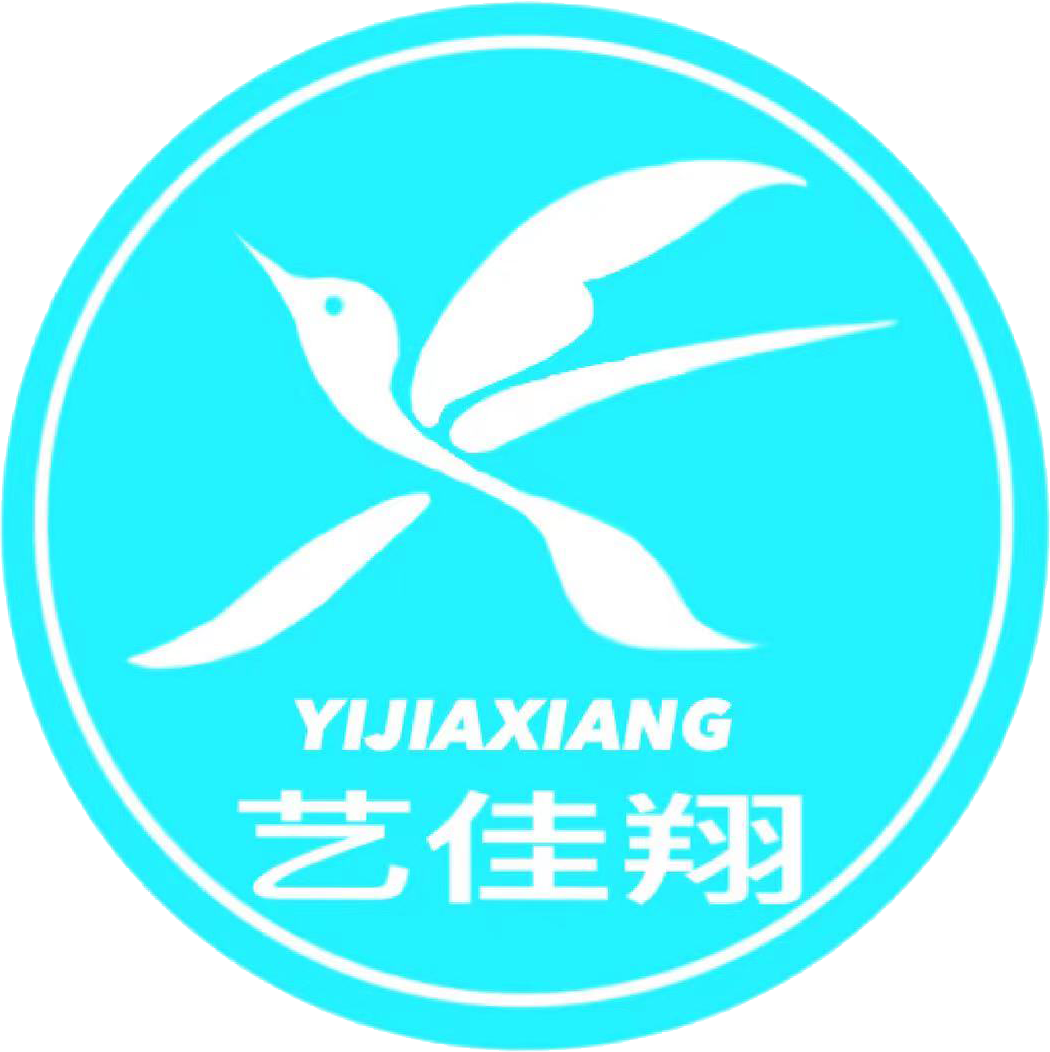11
2025
-
05
Unlocking the Benefits of Customized Heat Transfer Labels for Your Textile Products
Unlocking the Benefits of Customized Heat Transfer Labels for Your Textile Products
In the competitive world of textiles, every detail matters. From the fabric's texture to the stitching quality, every aspect contributes to the overall appeal of a product. One crucial yet often overlooked element is the label. Customized heat transfer labels are revolutionizing how brands present their products, and understanding the benefits of these labels can set your textile business apart. In this article, we will explore the many advantages of using customized heat transfer labels and how they can enhance your textile products.
The Rise of Heat Transfer Labels in the Textile Industry
Heat transfer labels have gained popularity due to their adaptability and the striking visual appeal they can add to garments. Unlike traditional labels, which are sewn in and can sometimes be uncomfortable for the wearer, heat transfer labels are applied directly to the fabric, offering a seamless finish. This is particularly advantageous in modern fashion, where comfort and aesthetics are paramount.
What Are Customized Heat Transfer Labels?
Customized heat transfer labels are printed labels made using heat transfer technology. This process involves printing designs onto a special transfer paper, which is then applied to the fabric using heat and pressure. The result is a vibrant, durable label that adheres firmly to the textile, providing a professional look without the bulk of traditional labels.
Key Features of Customized Heat Transfer Labels
- Durability: These labels are designed to withstand washing and wearing, ensuring that your branding stays intact.
- Comfort: With no rough edges or seams, heat transfer labels provide a soft touch that enhances wearer comfort.
- Versatility: Ideal for various fabrics, including cotton, polyester, and blends, allowing for a wide range of applications.
- Vibrant Colors: Capable of reproducing intricate designs and vibrant colors that can elevate your product's visual appeal.
Benefits of Using Customized Heat Transfer Labels
1. Enhanced Brand Visibility
Branding is crucial in the textile industry, and labels play a significant role in this aspect. Customized heat transfer labels allow brands to showcase their logos, taglines, and other essential information in a prominent manner. Unlike traditional labels that can be hidden or overlooked, heat transfer labels can be prominently displayed, making it easier for customers to recognize your brand.
2. Improved Product Quality
A high-quality label reflects a high-quality product. Customized heat transfer labels add a touch of professionalism that can elevate the perceived value of your textiles. The durability of these labels ensures that they won’t fade or peel over time, maintaining your product's aesthetic appeal and quality.
3. Streamlined Production Processes
Integrating heat transfer labels into your production line can simplify the manufacturing process. Unlike traditional labels that require sewing or stitching, heat transfer labels can be applied quickly and efficiently, saving time in the production cycle. This can lead to increased productivity and reduced labor costs.
Steps for Applying Heat Transfer Labels
- Prepare the Fabric: Ensure the fabric is clean and dry.
- Position the Label: Place the heat transfer label on the desired area of the fabric.
- Apply Heat: Use a heat press or iron to apply heat and pressure according to the label’s specifications.
- Cool and Finish: Allow the label to cool before handling the product.
4. Customization and Flexibility
One of the standout features of customized heat transfer labels is their ability to be tailored to your specifications. Whether you need a specific size, shape, or color, heat transfer labels can be customized to suit your needs. This flexibility allows brands to create unique designs that reflect their identity and resonate with their target audience.
5. Eco-Friendly Options
As sustainability becomes a priority for many consumers, brands are seeking eco-friendly labeling options. Many manufacturers now offer heat transfer labels made from sustainable materials and ink. By choosing eco-friendly options, you not only reduce your environmental impact but also align your brand with the growing trend of sustainable fashion.
How to Choose the Right Heat Transfer Label for Your Needs
1. Consider Fabric Compatibility
Not all heat transfer labels are suitable for every type of fabric. It’s essential to choose labels that are compatible with the materials used in your products. Most manufacturers provide guidelines on which labels work best with specific fabrics, ensuring optimal adhesion and durability.
2. Select the Right Design
The design of your label is critical for brand recognition. Choose a design that is visually appealing and clearly communicates your brand message. Work with graphic designers to create a label that stands out and represents your brand effectively.
3. Evaluate Durability
Durability is a key factor in the performance of heat transfer labels. Ensure that the labels you select can withstand the rigors of washing and wearing. Request samples to test their adherence and longevity before making a bulk order.
Cost Considerations for Customized Heat Transfer Labels
When budgeting for customized heat transfer labels, consider the following factors:
- Volume: Larger orders typically come with a lower cost per unit.
- Complexity of Design: Intricate designs may incur higher production costs.
- Material Type: The choice of material can influence the overall pricing.
FAQs About Customized Heat Transfer Labels
1. What materials are used for heat transfer labels?
Heat transfer labels are typically made from polyurethane or PVC, allowing for flexibility and durability.
2. Can I use heat transfer labels on all types of fabrics?
While heat transfer labels can be used on many fabrics, it’s essential to ensure compatibility. Always check with your label manufacturer for specific recommendations.
3. How long do heat transfer labels last?
When applied correctly, heat transfer labels can last for the lifetime of the garment, maintaining their appearance through numerous washes.
4. Are heat transfer labels environmentally friendly?
Many manufacturers offer eco-friendly options made from sustainable materials and inks, making them a great choice for environmentally conscious brands.
5. Can I design my own heat transfer labels?
Absolutely! Most printing companies offer customization options allowing you to create labels that fit your unique branding needs.
Conclusion
Customized heat transfer labels present a unique opportunity for textile brands to elevate their products. With benefits ranging from enhanced brand visibility and product quality to streamlined production processes, these labels are an investment worth considering. By choosing the right materials and designs that resonate with your audience, you can create textile products that not only stand out in a crowded market but also reflect your brand's commitment to quality and innovation. Embrace the benefits of customized heat transfer labels today and unlock the potential of your textile products.
Customized heat transfer label
Previous Page

Telephone:18850529927

Mailbox:87339004@qq.com

Address: Room 401, No. 90 Huliyuan, Tong 'an District, Xiamen City

WeChat QR
Copyright©2023 Xiamen Shunyi Xingyuan Industry and Trade Co., Ltd.SEO Tags

 Language
Language






